Join a one-of-a-kind pilgrimage to uncover hidden temples in Mathura-Vrindavan.
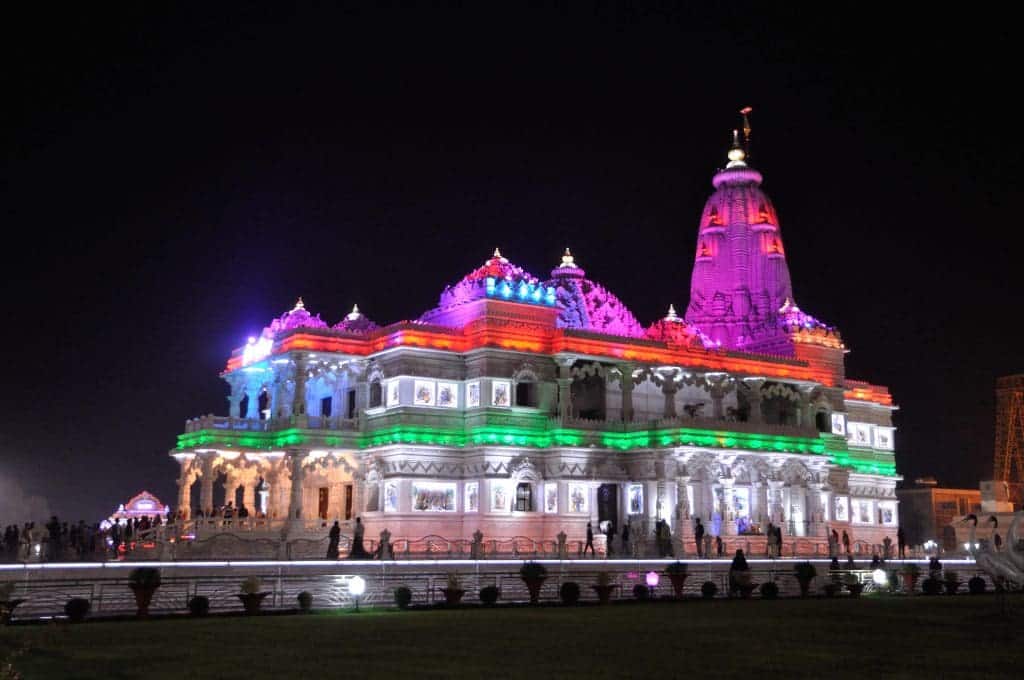
Get ready for an extraordinary adventure as you uncover the hidden treasures of Mathura-Vrindavan through these 10 temples with deep spiritual significance. These temples promise a serene and soul-enriching experience for travellers exploring Mathura-Vrindavan.
Check out this list of 10 stunning temples in the city, each offering a unique glimpse into the love story of Radha and Krishna, making your pilgrimage an unforgettable journey filled with divine moments.
Maan Mandir:
Maan Mandir is on top of Maan Garh, which is also called Maan Ghaati and is one of the four hills in Barsana. According to the history of this place, it is said that Radha used to come here when she was upset, and Krishna would try to make her happy. Inside the temple, there’s a small tunnel that goes to a dark room where Radha is believed to have gone to be alone.
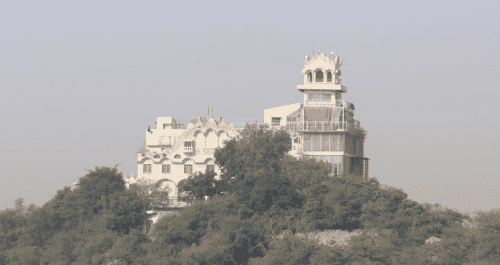
As the name of this place itself suggests “Maan” means anger.
Bhuteshawar Mahadev:
The Bhuteshwar Mahadev Temple in Mathura is a revered and ancient place of worship, with a history that dates back centuries. Situated at the Bhuteshwar Crossroad, which is conveniently located about 3 kilometres from Mathura’s main railway station, this temple holds a special significance in the hearts of the local inhabitants and pilgrims alike.
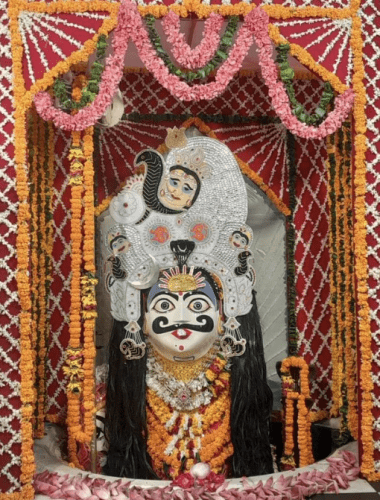
The central deity of this temple is Lord Shiva, worshipped in the form of a Shiva Lingam. The name “Bhuteshwar” is derived from the belief that Lord Shiva at this temple serves as the protector of the Brajwasis from evil.
Visiting the Bhuteshwar Mahadev Temple allows one to not only connect with the spiritual heritage of Mathura but also to appreciate the historical and cultural richness of this ancient city.
Pili Phokhar:
Peeli Pokhar, also known as Priya Kund, is situated in Barsana. This historic pond derives its name, which means “yellowish pond,” from an ancient tale. According to this, it was at this very pond that Radha washed her henna (mehndi) adorned hands, magically transforming the water’s colour into a vibrant green. Remarkably, despite being cleaned numerous times over the centuries, Peeli Pokhar retains its distinctive green hue, preserving the enchanting legacy of Radha’s touch.
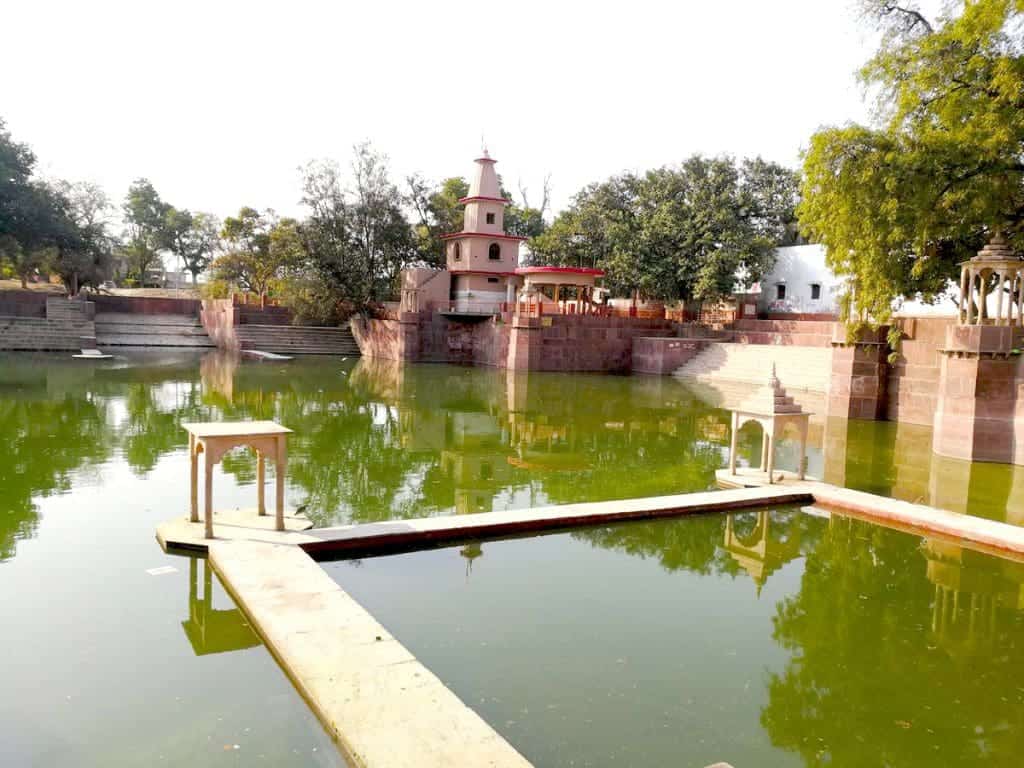
You can find Peeli Pokhar in Barsana, not far from Radharani’s temple and Rangeeli Mahal. Just cross a small bridge between them, go left for about 1 kilometre, and you’ll reach Peeli Pokhar.
Gopeshwar Mahadev:
The Gopeshwar Mahadev Temple in Vrindavan is one of the oldest and most revered temples in the area, situated near the sacred Yamuna River. This temple is famous for its Shiva Linga, which was installed by Vrajanabha, the great-grandson of Lord Krishna.
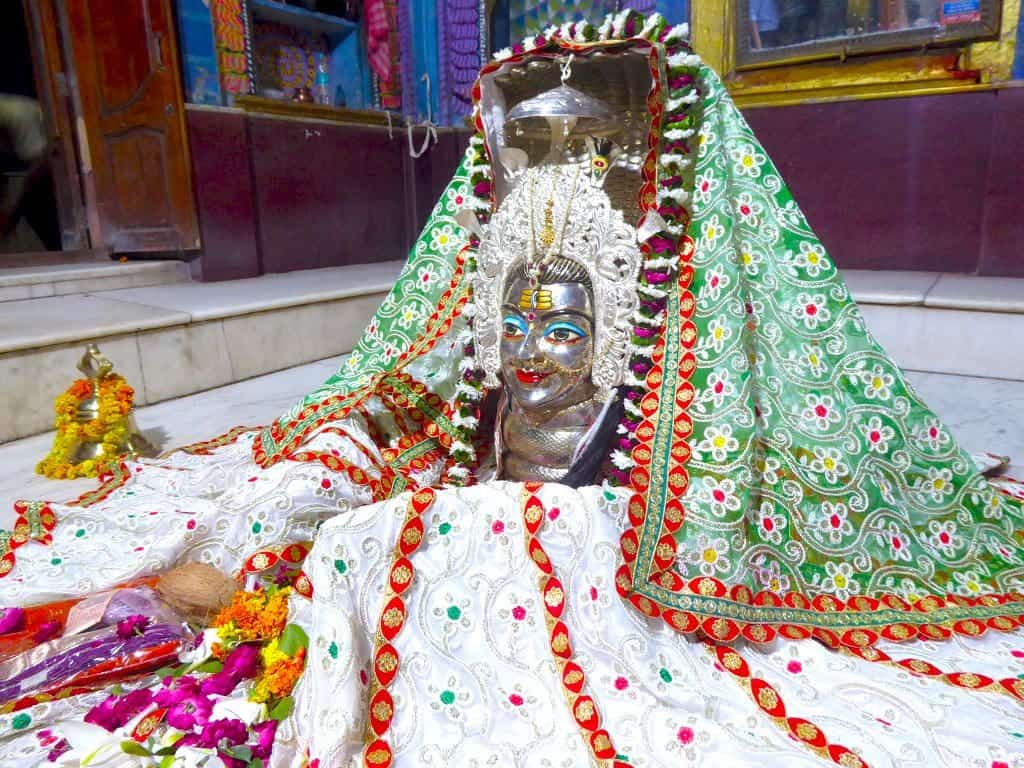
The unique feature of this temple is its representation of the balance between masculine and feminine energies of nature. During the day (from 6:00 AM to 10:00 AM), devotees worship the Shiva Linga, symbolizing male power. At night (from 5:00 PM to 9:00 PM) during the Raasleela, the Shiva Linga is adorned as a gopi, symbolizing the divine feminine.
The Gopeshwar Mahadev Temple is located near Vamshivat, and those seeking to experience the bliss of the Raas Leela should visit this temple.
Kali Deh:
Kalideh, also known as Kaliya Ghat, is a special place on the banks of the Yamuna River in Vrindavan. It’s where, in his childhood, Lord Krishna confronted and subdued a poisonous serpent called Kaliya Nag. The river Yamuna used to flow closer to this spot in the past, but it has shifted over time.
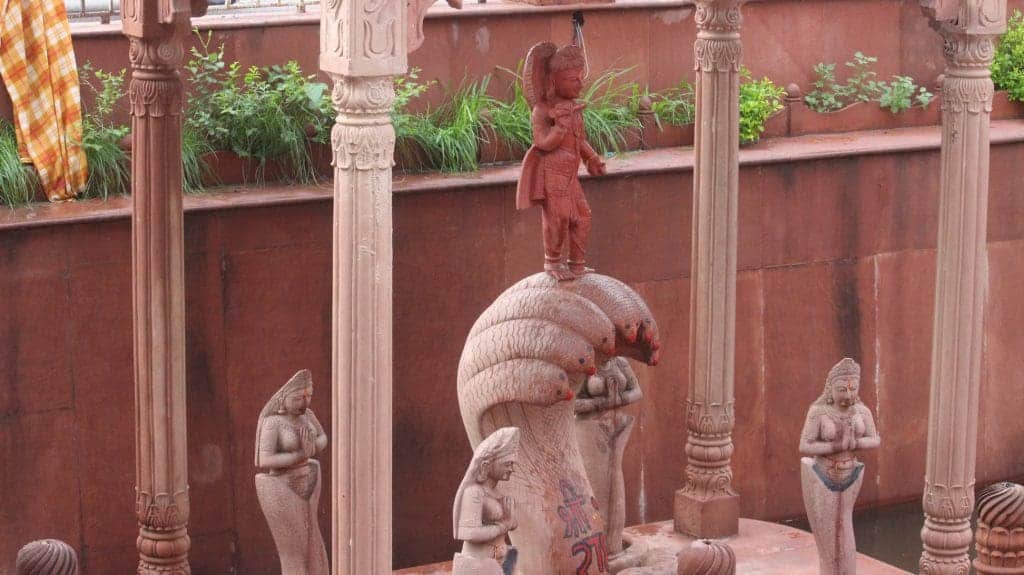
You can still see the ancient Kadamba tree from which Lord Krishna jumped into the Yamuna River. At this Ghat, there’s a small shrine that commemorates the incident with Kaliya Nag during Krishna’s childhood.
Inside the shrine, you’ll find idols of Lord Krishna, Balram, and Kaliya Nag. The Ghat itself is made of red sandstone and adorned with stone sculptures depicting this memorable event from Krishna’s life.
Kirti Temple:
Kirti Mandir, situated in Barsana, is a truly exceptional temple dedicated to the Divine Mother of Radha. What sets it apart is the presence of depictions portraying Shri Radharani cradled in the loving embrace of Kirti’s Mother, making it the only temple of its kind in the world. This remarkable temple was constructed under the wise guidance of Jagadguru Shri Kripalu Ji Maharaj.
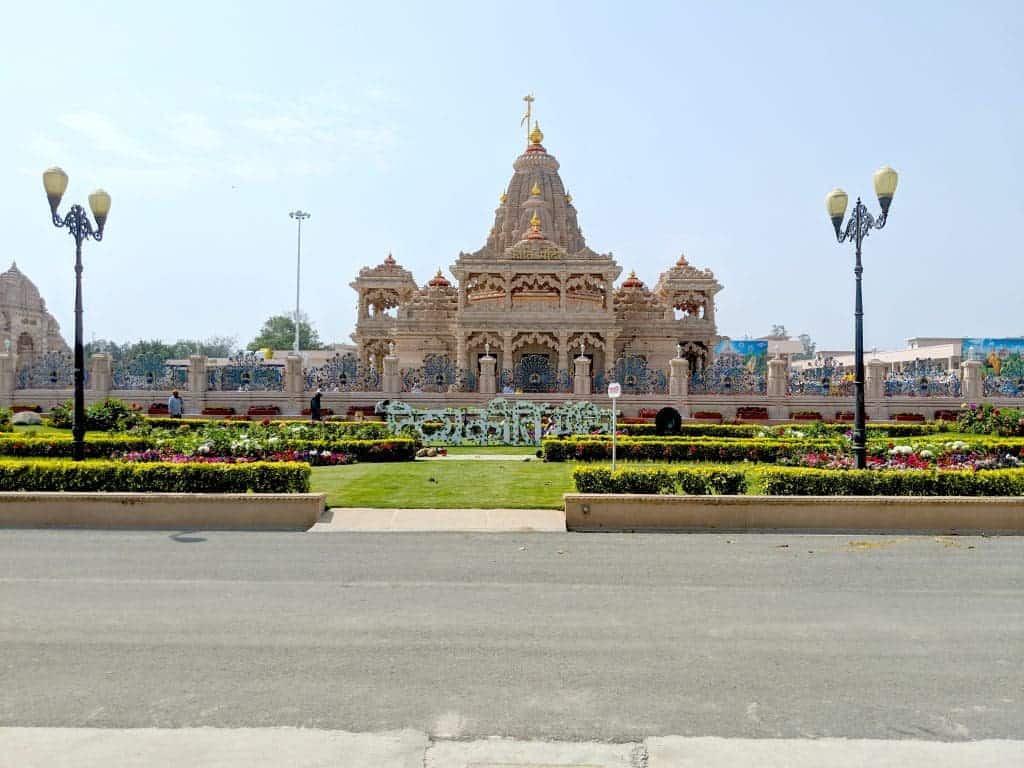
It is conveniently located near Rangeeli Mahal in Barsana, making it a significant spiritual destination in the region.
Bhandirvan:
Bhandirvan is one of Vrindavan’s 12 forests, where a unique event took place – the marriage of Radha and Krishna. In a special twist, this wedding wasn’t a public affair but a hidden ceremony orchestrated by Lord Krishna’s divine power, yoga-maya. Lord Brahma played the role of the priest.
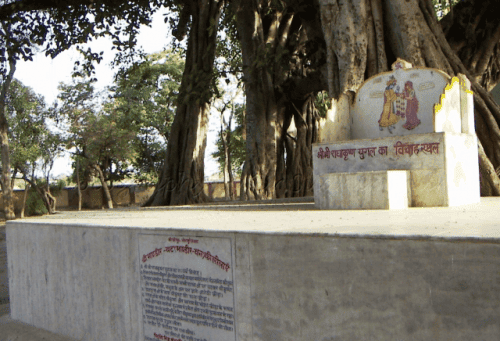
Not far from Bhandirvan, approximately 600 meters away, you’ll find Vamsivat, another noteworthy spot in this sacred land.
Seva Kunj:
Seva Kunj is a special place in Vrindavan that celebrates the deep love between Radha and Krishna. It’s called Seva Kunj because people believe that Lord Krishna lovingly served Radha here. He helped her get ready for a dance called Raas Leela by combing her hair and adorning her with beautiful jewellery. You can see these moments depicted in a lovely painting on the wall, along with verses from Hindu Scriptures.
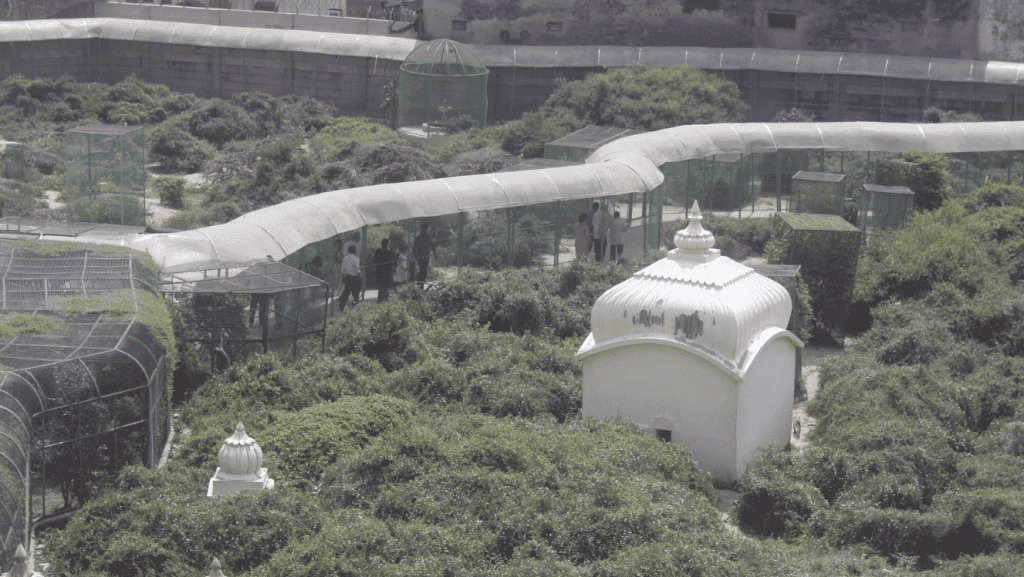
There’s also a pond called Lalita Kund here. It’s said that every night, Lord Krishna and Radha come to this place. Because of this, Seva Kunj is closed to visitors in the evening to give them privacy.
Seva Kunj is only 2.1 kilometres away from Vrindavan.
Dauji Temple:
Located approximately 18 kilometres from Mathura, the Dauji Mandir is one of the country’s most esteemed temples. This ancient temple, dating back over 5000 years since 1535 AD, is among the city’s oldest.
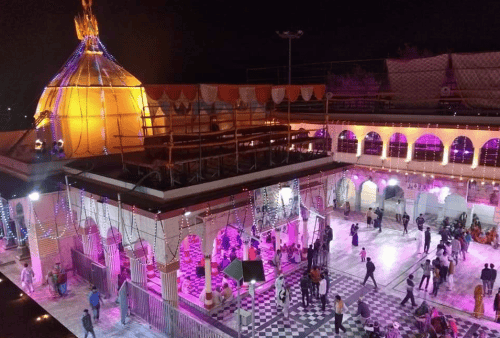
The main deity worshipped in the temple is Lord Balarama, who was the elder brother of Lord Krishna.
Garud Govind Temple:
Just before you reach Vrindavan city on the busy highway, there’s a small, somewhat hidden road that leads to the village of Chhatikara. This road takes you to the Garud Govind Temple, which is one of the oldest temples in Vrindavan, located in Chhatikara village on NH2.
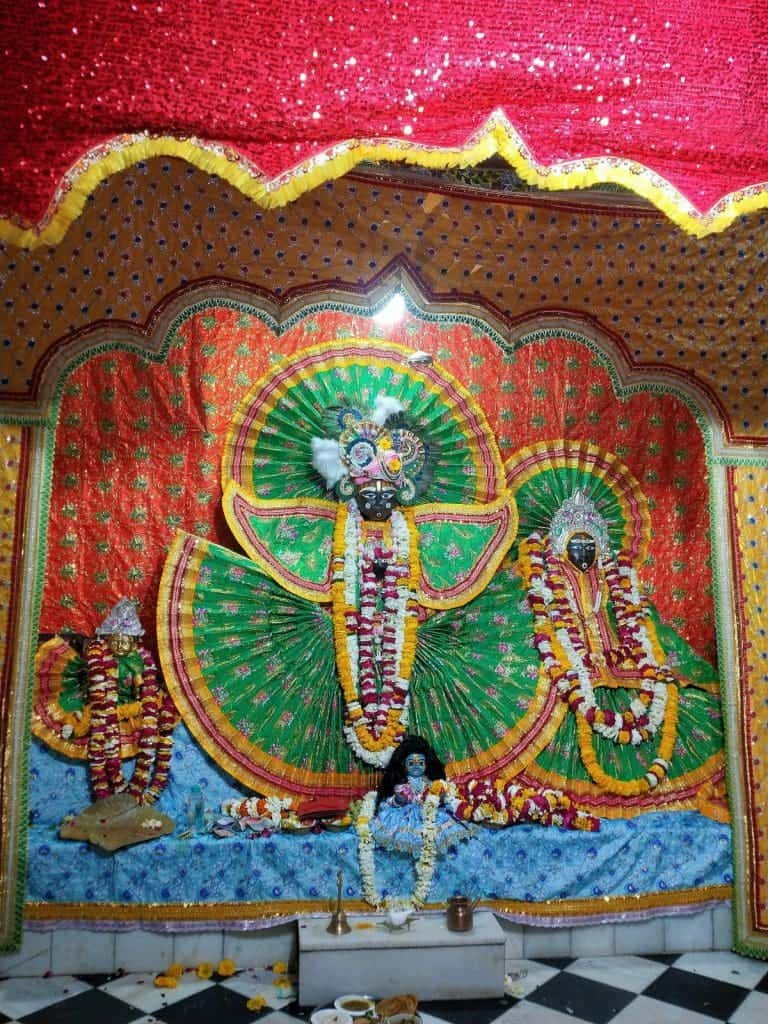
The temple is special because it’s believed to be built on the spot where Garud, the bird that carries Lord Vishnu, prayed to Vrindavan. He couldn’t go inside the main temple due to a curse. Inside the temple, you’ll find a statue of Lord Vishnu with 12 arms, seated on his mount, Garud, along with Mahalakshmi. It’s a proud and ancient place of worship.
Delicious Eats in Mathura Vrindavan:
Peda:
Mathura & Vrindavan is famous for its temples, but there’s something else that adds to the city’s spiritual charm – sweets! The sweets in Vrindavan capture the many flavours of the Brij region. Among them, the most beloved and delicious is “peda,” a sweet treat that lingers on the taste buds of pilgrims who come to the city.
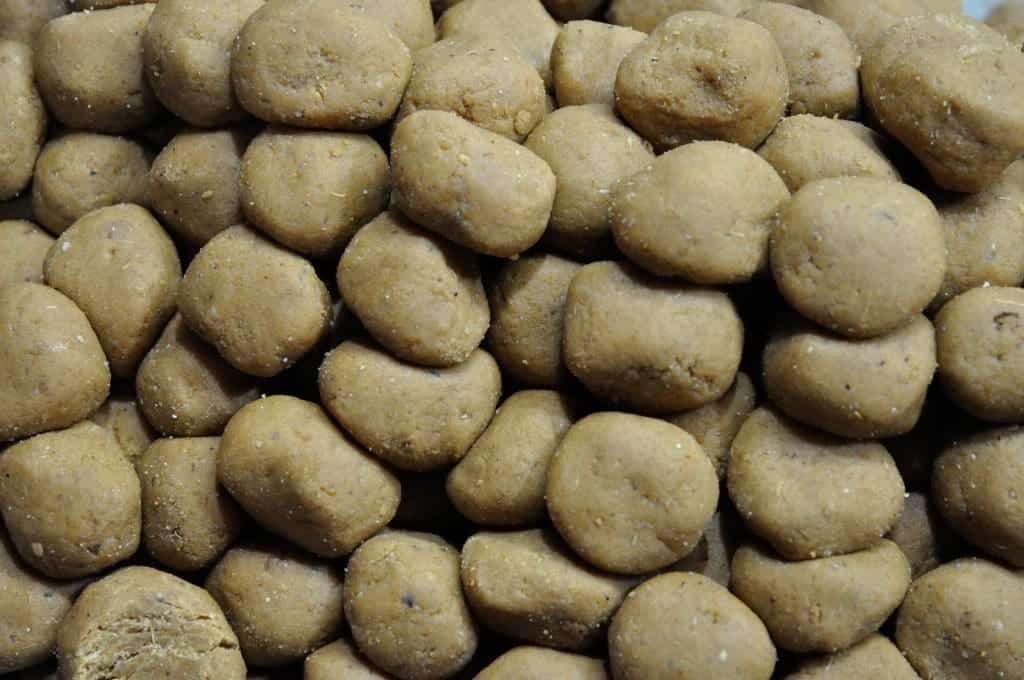
Makhan Mishri:
Little Krishna’s favourite food, often offered as Prasad at the Banke Bihari temple in Vrindavan, is a simple delight. It’s nothing more than fresh white butter mixed with Mishri (crystallized sugar).
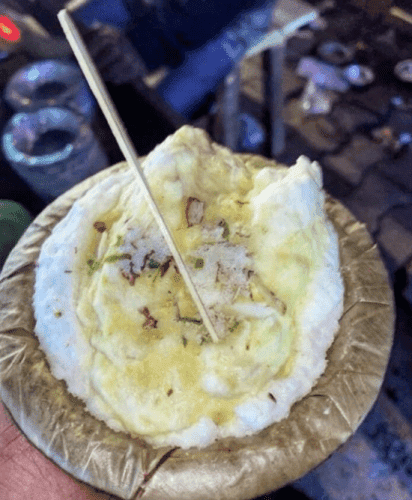
Lassi:
Lassi, a beloved Indian beverage crafted from yoghurt, water, and an array of delightful spices, is a true refreshment tailor-made for scorching summer days. In Vrindavan, the rise of lassi shops is a testament to the growing demand for healthier alternatives amidst the sweltering heat, as folks seek respite from overly sugary drinks.
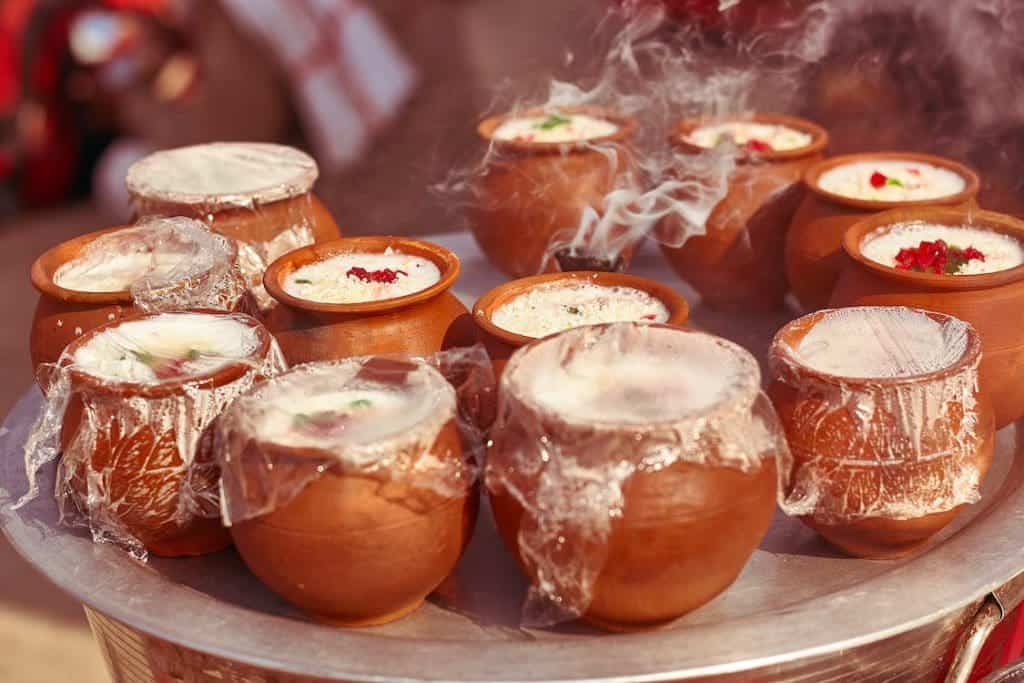
Kachori / Bedai:
In the enchanting streets of Mathura & Vrindavan, there’s a mouthwatering treat known as Kachori, or as the locals lovingly call it, Bedai. It’s a flavour explosion that will have your taste buds dancing with delight.
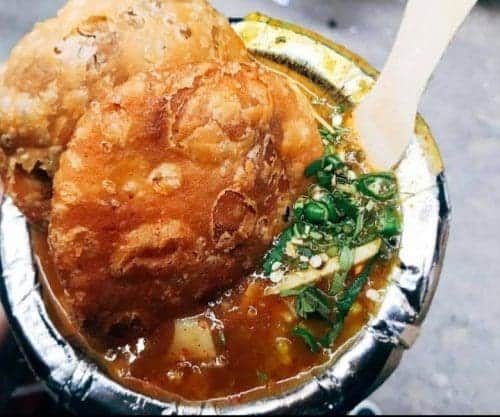
If you’re feeling adventurous, don’t miss out on their mind-blowing urad dal-stuffed Kachori/Bedai, a taste sensation that’s truly out of this world.
Round-up:
Finally, as a round-up, the temples of Vrindavan are embodiments of devotion and mythological history. Each temple, be it the ancient Banke Bihari Temple, known for its captivating deity of Krishna, or the magnificent Prem Mandir, which showcases an exquisite blend of traditional and modern design, tells a unique story of divine love and devotion.
It’s remarkable how the ISKCON Temple, with its global appeal, attracts devotees from around the world, encapsulating the universal message of love and spirituality that Krishna preached. The Govind Dev Ji Temple, an exemplar of medieval architecture, stands as a testament to the town’s historical and religious significance.
Walking through Vrindavan’s narrow, bustling lanes, one can hear the echoes of bhajans and see the vibrant colours of hymns, making the town a living, breathing canvas of spiritual bliss. The temples of Vrindavan are not just places of worship but are deeply intertwined with the daily lives of the residents, creating an atmosphere that is both sacred and exhilarating.
This makes a pilgrimage to Mathura and Vrindavan so special. It proves to be a profoundly enriching journey, offering a mix of spiritual enlightenment, historical exploration, and cultural immersion. Unveiling the hidden temples scattered across these ancient cities, travellers not only witness the rich tapestry of religious beliefs and practices but also experience the deep-seated devotion that resonates in every corner.
Read more: Latest



